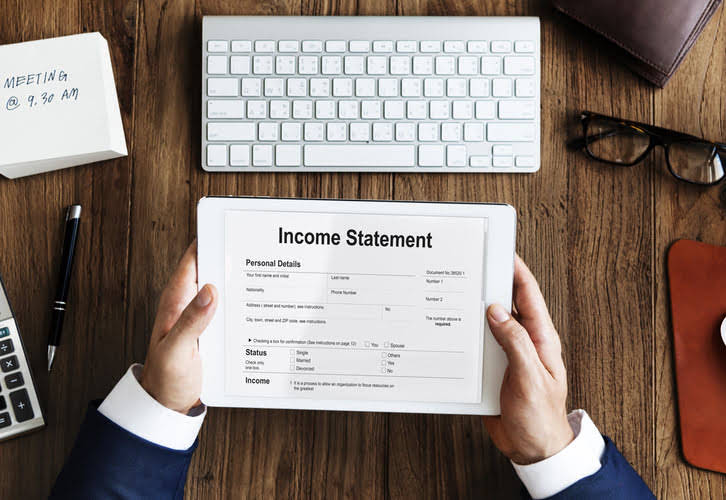
For mid-size private firms, they might be prepared internally and then looked over by an external accountant. The image below is an example of a comparative balance sheet of Apple, Inc. This balance sheet compares the financial position of the company as of September 2020 to the financial position of the company from the year prior. A liability is any money that a company owes to outside parties, from bills it has to pay to suppliers to interest on bonds issued to creditors to rent, utilities and salaries. Current liabilities are due within one year and are listed in order of their due date. Long-term liabilities, on the other hand, are due at any point after one What is bookkeeping year.

Stockholders’ Equity and the Impact of Treasury Shares

For instance, accounts receivable should be continually assessed for impairment and adjusted to reveal potential uncollectible accounts. These ratios can yield insights into the operational efficiency of the company. Shareholders’ equity will be straightforward for companies or organizations that a single owner privately holds.
What is Opening Balance Equity?

Companies that report annually, like Tesla, often use December 31st as their reporting date, though they can choose any date. Below is an example of a balance sheet of Tesla for 2021 taken from the U.S. Share capital is the value of what investors have invested balance equity in the company. Current liabilities refer to the liabilities of the company that are due or must be paid within one year. Balance sheets are useful tools for individual and institutional investors, as well as key stakeholders within an organization, as they show the general financial status of the company.
- Financial equity represents the ownership interest in a company’s assets after deducting liabilities.
- Our work has been directly cited by organizations including Entrepreneur, Business Insider, Investopedia, Forbes, CNBC, and many others.
- This reallocation is typically done through an income statement, where profits and losses are recorded, or directly through adjustments in the equity section of the balance sheet.
- During the audit, the focus is on validating the existence of assets and liabilities that contribute to the Opening Balance Equity.
- Besides his extensive derivative trading expertise, Adam is an expert in economics and behavioral finance.
Understanding Opening Balance Equity: A Guide for Financial Professionals

Please refer to the Payment & Financial Aid page for further information. A balance sheet must always balance; therefore, this equation should always be true. Balance sheets are typically prepared and distributed monthly or quarterly depending on the governing laws and company policies. Additionally, the balance sheet https://www.bookstime.com/ may be prepared according to GAAP or IFRS standards based on the region in which the company is located. You may already be familiar with the term equity as it applies to personal finances.
- It is the initial phase where past financial information is integrated into new accounting systems, setting the stage for accurate and comprehensive financial reporting.
- Locate the total liabilities and subtract that figure from the total assets to give you the total equity.
- Cash flows or the assets of the company being acquired usually secure the loan.
- A balance sheet is a type of financial statement that reports all of your company’s assets, liabilities, and shareholder’s equity at a given time.
- As opposed to an income statement which reports financial information over a period of time, a balance sheet is used to determine the health of a company on a specific day.
- The left side of the balance sheet is the business itself, including the buildings, inventory for sale, and cash from selling goods.
Great! The Financial Professional Will Get Back To You Soon.
- This is especially true when dealing with companies that have been in business for many years.
- You were broke when the company first incorporated last year, but you have some extra cash now that you’d love to invest in the company.
- You can calculate this by subtracting the total assets from the total liabilities.
- For small privately-held businesses, the balance sheet might be prepared by the owner or by a company bookkeeper.
- Since equity accounts for total assets and total liabilities, cash and cash equivalents would only represent a small piece of a company’s financial picture.
- This means they might have to give the other investors a say in decisions about how to run the business.
In this example, Apple’s total assets of $323.8 billion is segregated towards the top of the report. This asset section is broken into current assets and non-current assets, and each of these categories is broken into more specific accounts. A brief review of Apple’s assets shows that their cash on hand decreased, yet their non-current assets increased.
